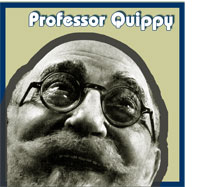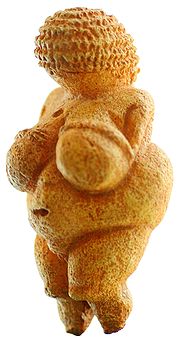 According to the semi-famous writer, fake expert and shiller of Mac products, John Hodgman — not to be confused with John Hodgeman, inventor of alligator pants — there are six essentials that “every writer must have at his command.”
According to the semi-famous writer, fake expert and shiller of Mac products, John Hodgman — not to be confused with John Hodgeman, inventor of alligator pants — there are six essentials that “every writer must have at his command.”
- empathy
- the willingness to endure solitude
- the belief the world cares about what you have to say
- the ability to describe facial hair accurately
- a large desk in a quiet room in which to chase your demons (preferably a circular room, so that the demons have no place to hide)
- special stationery with pictures of typewriters and/or quills on top
- and if you have purchased the audiobook version of his complete world knowledge, then you will know writers also require their own theme song.
Far be it for me to quibble with a writer of his vaunted semi-fame and success. (I hear he has his own high-speed zeppelin, and everything.)
As I have neither a zeppelin, nor a theme song, you may feel it presumptuous on my part to try and correct him in any way, but I feel he is wrong on two counts. In most respects, this is an excellent list, and though I desire a theme song, the lack of one has yet to prevent me from writing. When I have reached his level of success, I assume that a theme song will happen to me, as a matter of course.
On the subject of hackneyed stationary, complete with an image of a quill, typewriter, or any other kind of writing device (I hear J. D. Salinger had a chisel and mallet on his letterhead), this is completely absurd. We’re living in a digital age. Nowadays, writers should have a website with an image of a quill, or typewriter. (Monkeys will do, but only if a significant portion of your writing is humorous in intent, if not actual fact.)
Hodgman’s list is woefully inaccurate regarding the important subject of silly hats. This is de rigueur for every writer who has any aspiration of ever being successful. I suspect he left it off his list because of his extraordinarily large cranial circumference, which makes it difficult to fit a silly hat of any kind.
Though if he is still looking for one, I believe he would do well with a fez, or perhaps a bellhop hat. (Both can be perched easily on the swollen melon of a giant-headed writer.)
I would also add that the ability to count is irrelevant.
And yes, the gent pictured above is sporting a spectacular Partial Napoleon III Imperial, with Faux Friendly Chops (using the Dreickland swoop, of course). I knew you’d get it.



 New research at the University of California, Los Angeles, shows that social rejection may increase your risk of developing arthritis.
New research at the University of California, Los Angeles, shows that social rejection may increase your risk of developing arthritis.
